Rumaniacs Review No. 144 | 0976
In 2023, if you were to google “who makes Hana Bay rum?” you’d get a response that Hali’imaile Distilling Company is the distillery of origin; except if you went to their site, there would be no mention of Hana Bay at all (or Whaler’s and Mahina, the other brands they own and supposedly make). Digging further and you’d see that Hawaiian Distillers out of Honolulu made Hana Bay rum from around the 1980s forwards and in the early 2010s when I first looked at Whaler’s, it was being made in Kentucky by the brand owners at the time, Heaven Hill, who had acquired the brand from the Levecke Corporation in 2002.
Some time in the last ten years, it would seem that the Hana and Whaler’s returned to Hawaii…Maui specifically, where Hali’imaile was founded in 2010 by a branch of the Levecke family and has its premises…I’ve heard they began making arum around 2014. Surprisingly, given the sugar industry, family connections and tropical climate, rum is not actually their focus – whisky, vodka and gin are, with the distillery also making rums of zero distinction. One of their claims to fame is to have worked to develop Sammy Hager’s Beach Bar rum, but that’s hardly an endorsement of the other rums they make and a 2019 article suggested (without attribution) that the rum itself wasn’t even made on Maui anymore, but in the USVI, and then bottled in California; rumours even suggested it was a Philippines rum. Go figure. If that’s true, no wonder they didn’t bother mentioning the product on their website.
But to go back to this bottle and its provenance: back in the eighties, Hana Bay was made by Hawaiian Distillers, a Hawaiian corporation that was in business since the 1970s, and was a subsidiary of Hawaiian Distilled Products Co out of Tustin California. Before 1980 it was mainly manufacturing tourist items, including ceramics and specialty Polynesian Liqueurs and you can still find many of its small bottles and knick knacks on various eBay or other auction sites: the value of their products lies in these ceramics, not its rums – it’s defunct now and all traces of it have vanished: only head cases like me actively seek out their rums from yesteryear any longer, and the question as to where exactly the rum was distilled remains unanswered.
Colour – Pale yellow
Strength – 40%
Nose – Rather nice, with a crisp aroma of light green grapes, apples, some red grapefruit. Some lemon and pine-sol, quite nice, until the whole thing is taken over by the thin acid reek of a disinfectant covering the tiled floors of a sterile, cold hospital corridor.
Palate – Okay it’s 40%, but not entirely nad; there’s no obvious adulteration here. Slightly creamy, buttery, with emergent sweet light fruits. Rather dry, briny and with latrger non-sweet notes of dates, olives and a stale peach or two.
Finish – Nothing special here, but noting bad either; acetones, light pears, a bit ot hot tea. It’s nice for what it is
Thoughts – As far away from the adulterated mess of Whaler’s or the Spirit of Hawaii as could be imagined. This one is actually not an entirely bad rum, and makes one wonder why they didn’t bother sticking with it. Instead they just climbed to the top of a low hill, and charged downhill from there with everything that came after. We’ll be looking at some of those soon.
(76/100) ⭐⭐⭐
Other notes
- A relatively young age can be assumed, as is the likelihood of it being a column still rum.
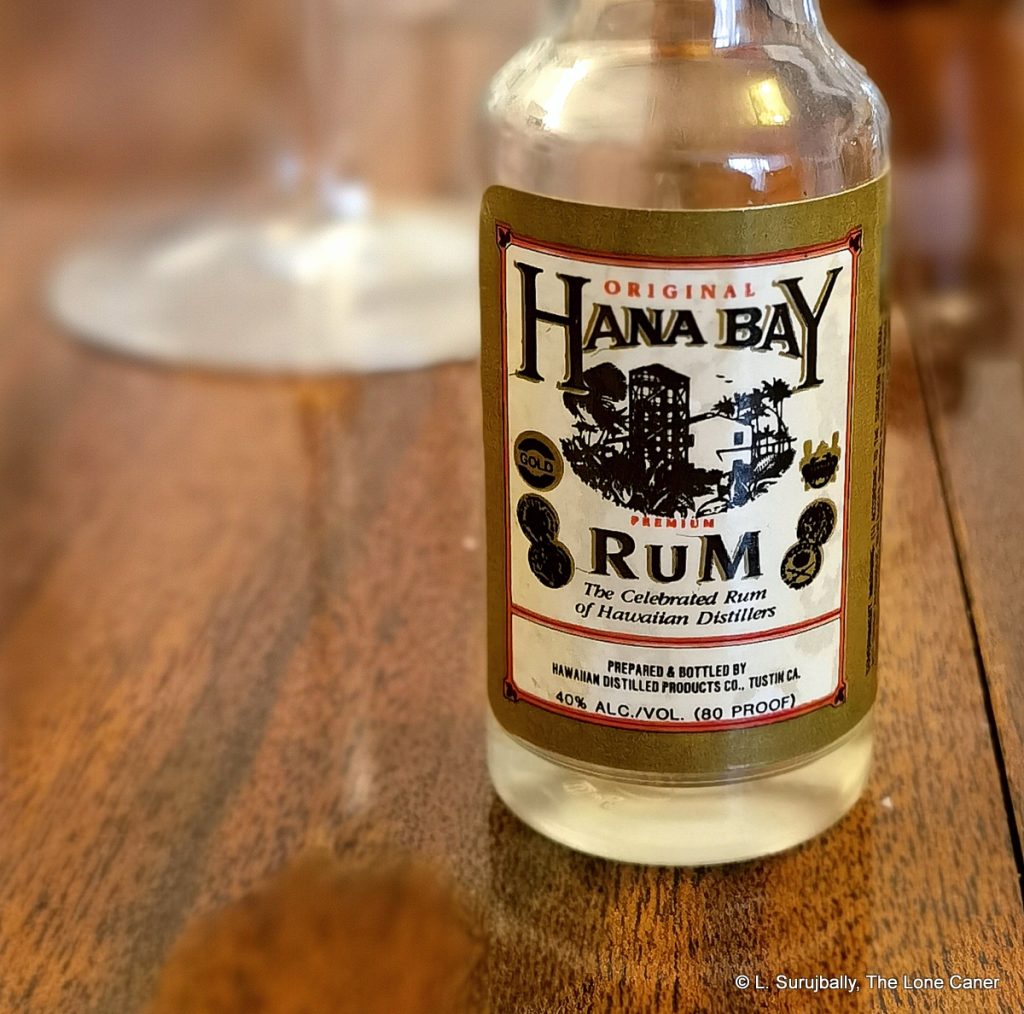
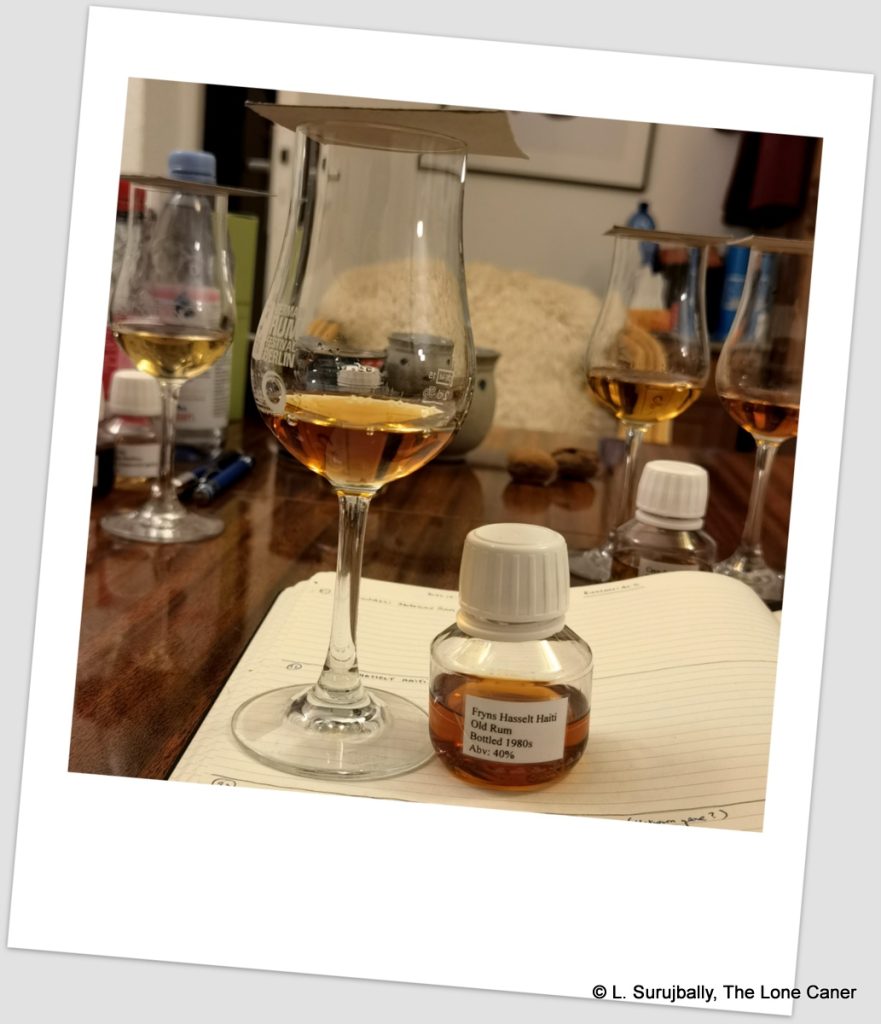
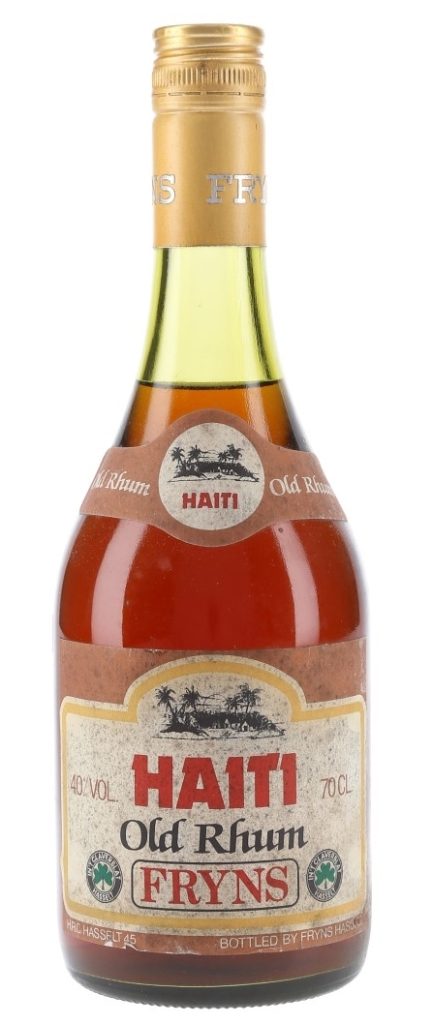
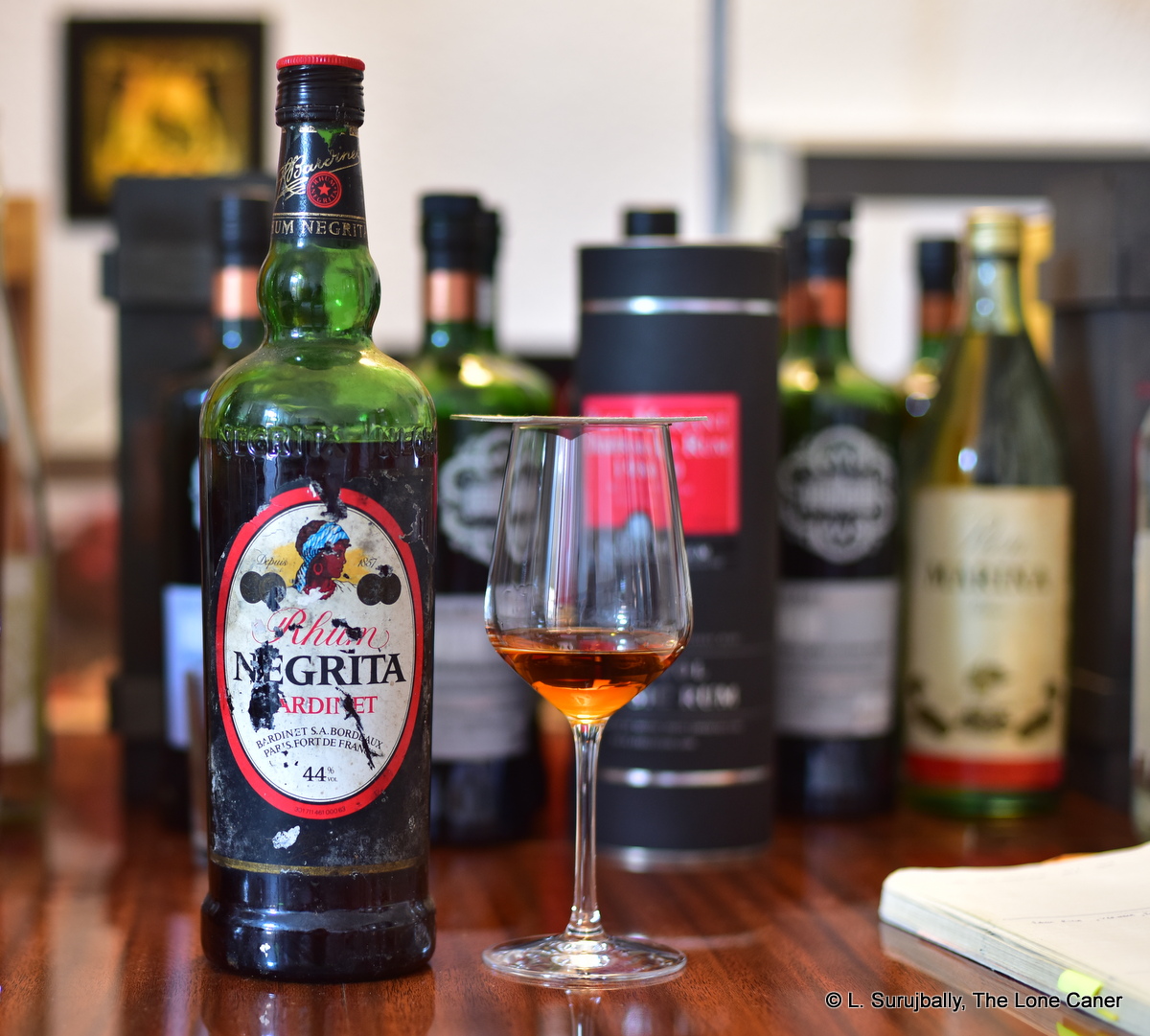
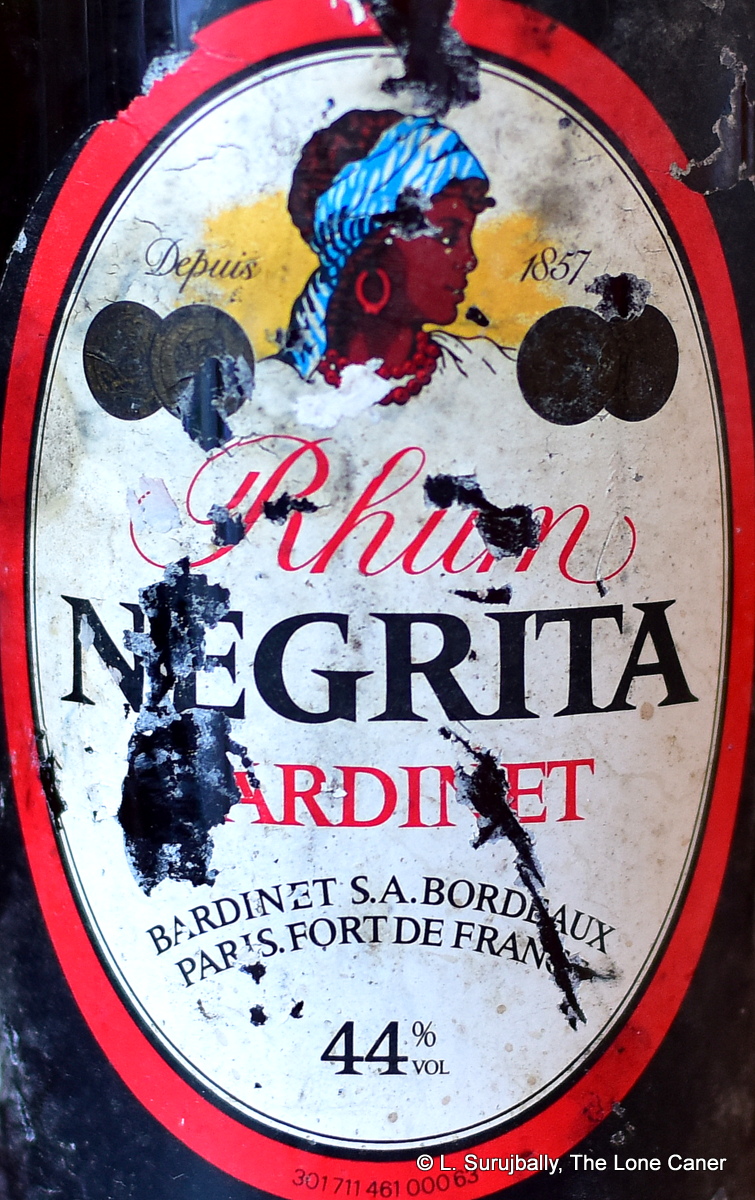
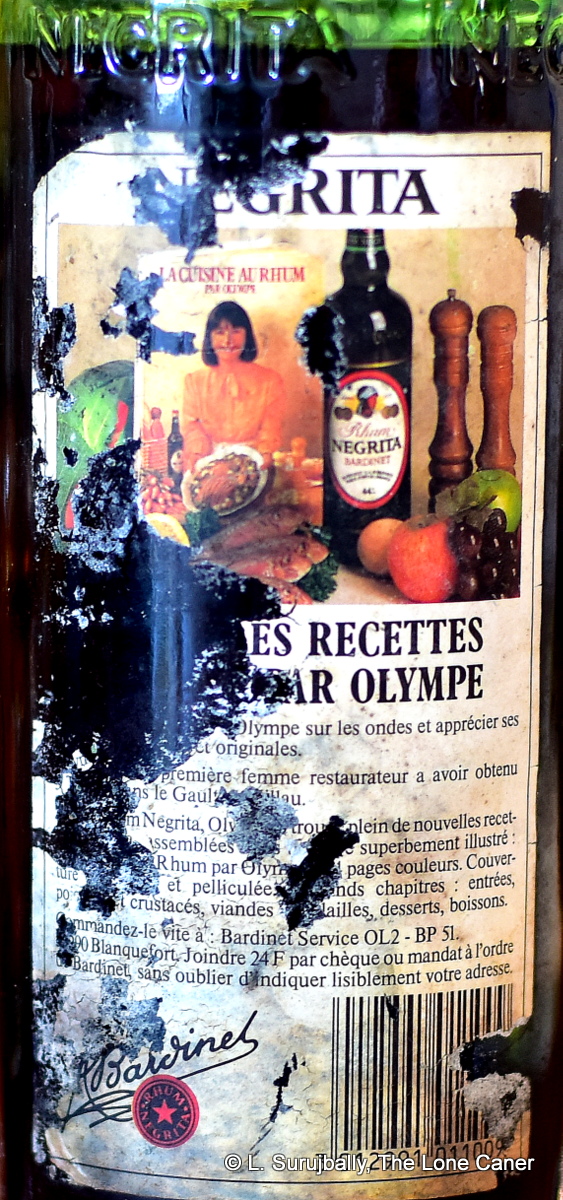 Nose – Doesn’t lend itself to quick identification at all. It’s of course pre-AOC so who knows what made it up, and the blend is not disclosed, alas. So, it’s thick, fruity and has that taste of a dry dark-red wine. Some fruits – raisins and prunes and blackberries – brown sugar, molasses, caramel, and a sort of sly, subtle reek of gaminess winds its way around the back end. Which is intriguing but not entirely supportive of the other aspects of the smell.
Nose – Doesn’t lend itself to quick identification at all. It’s of course pre-AOC so who knows what made it up, and the blend is not disclosed, alas. So, it’s thick, fruity and has that taste of a dry dark-red wine. Some fruits – raisins and prunes and blackberries – brown sugar, molasses, caramel, and a sort of sly, subtle reek of gaminess winds its way around the back end. Which is intriguing but not entirely supportive of the other aspects of the smell.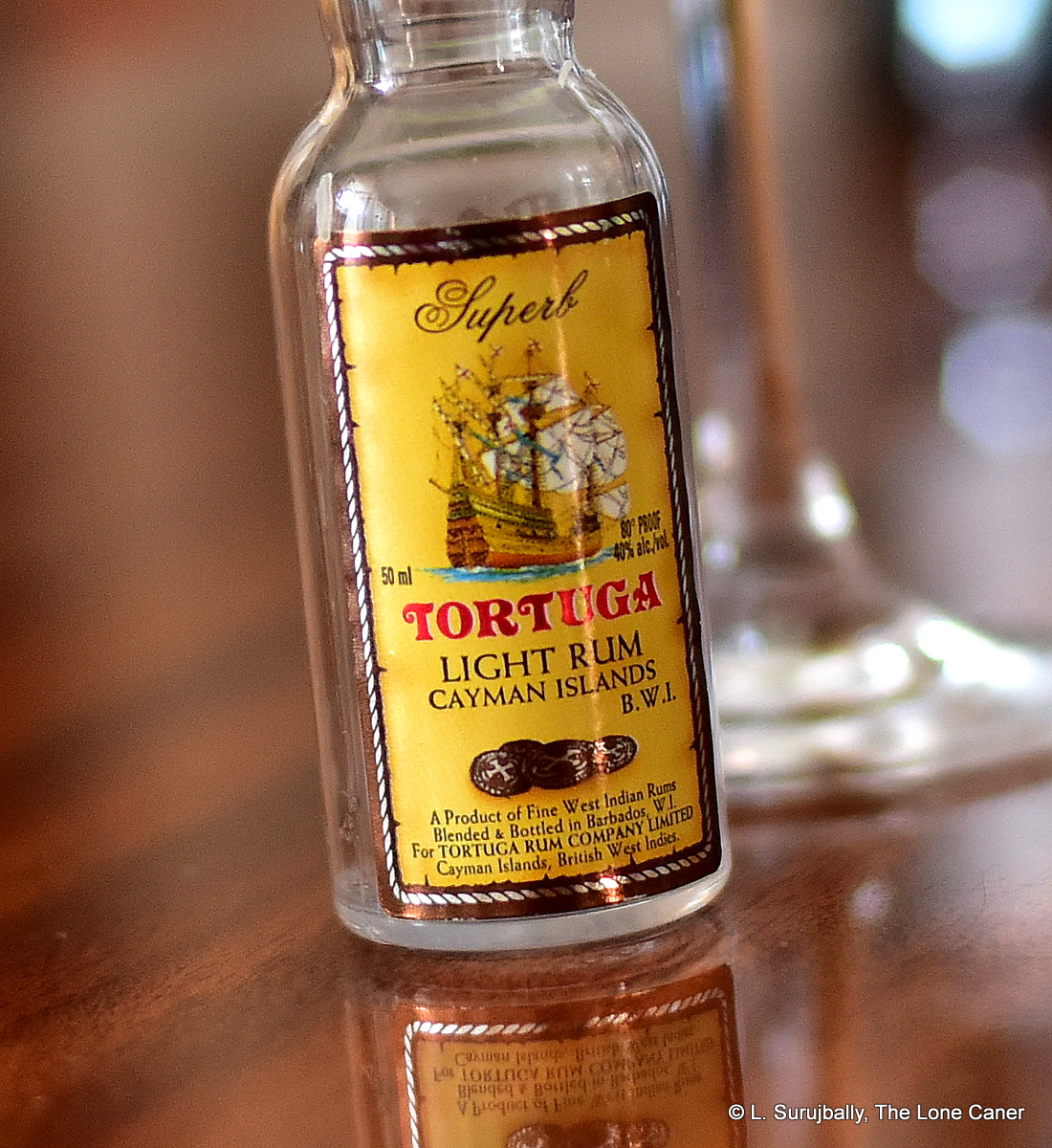
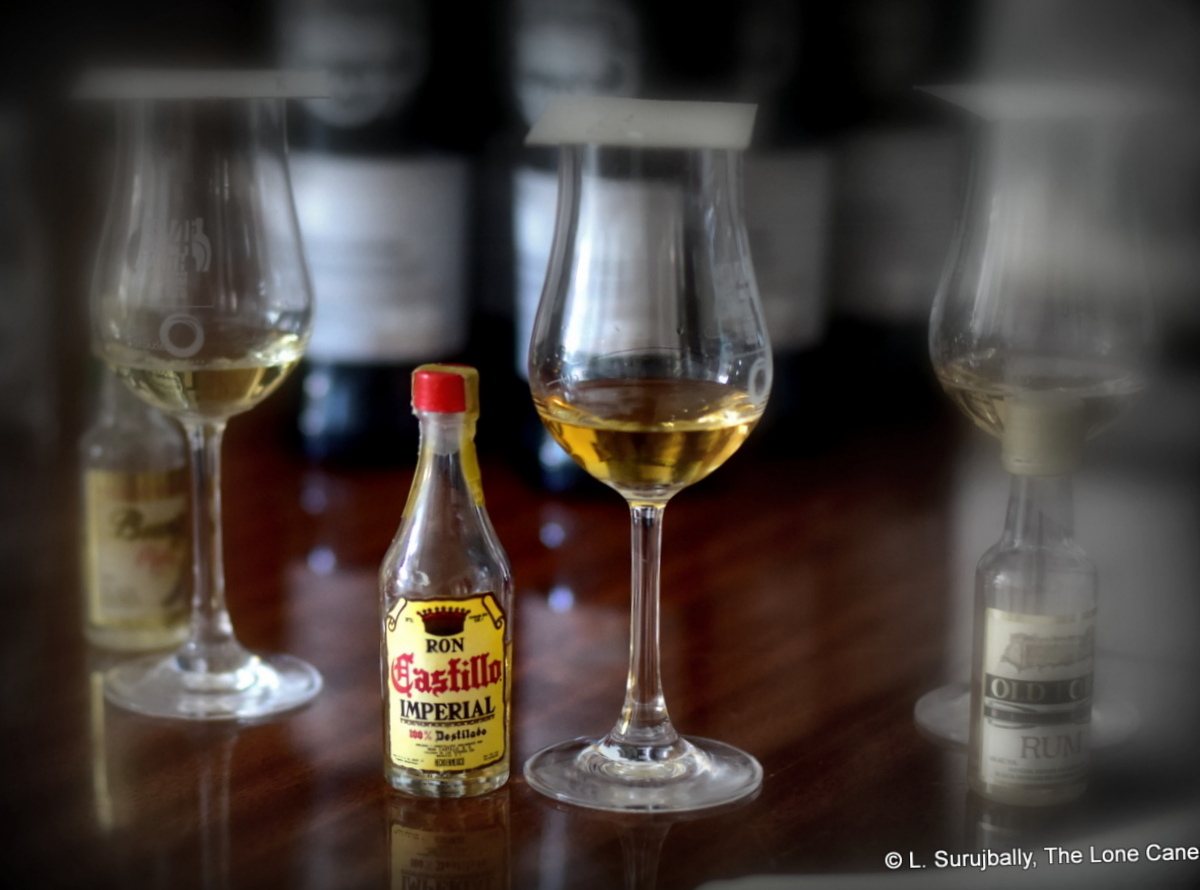
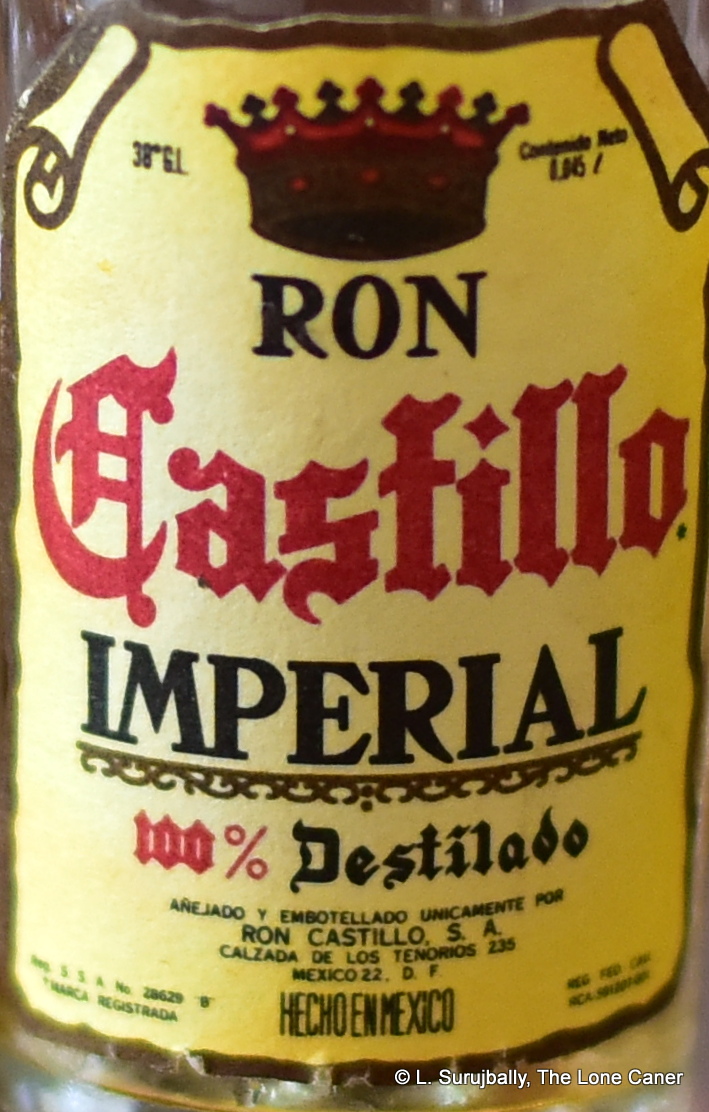 Colour – Light Gold
Colour – Light Gold
 Nose – Quite a bit different from the strongly focussed Demerara profile of the Navy 70º we looked at before – had the label not been clear what was in it, I would have not guessed there was any Jamaican in here. The wooden stills profile of Guyana is tamed, and the aromas are prunes, licorice, black grapes and a light brininess. After a while some salt caramel ice cream, nougat, toffee and anise become more evident. Sharp fruits are held way back and given the absence of any kind of tarriness, I’d hazard that Angostura provided the Trinidadian component.
Nose – Quite a bit different from the strongly focussed Demerara profile of the Navy 70º we looked at before – had the label not been clear what was in it, I would have not guessed there was any Jamaican in here. The wooden stills profile of Guyana is tamed, and the aromas are prunes, licorice, black grapes and a light brininess. After a while some salt caramel ice cream, nougat, toffee and anise become more evident. Sharp fruits are held way back and given the absence of any kind of tarriness, I’d hazard that Angostura provided the Trinidadian component. 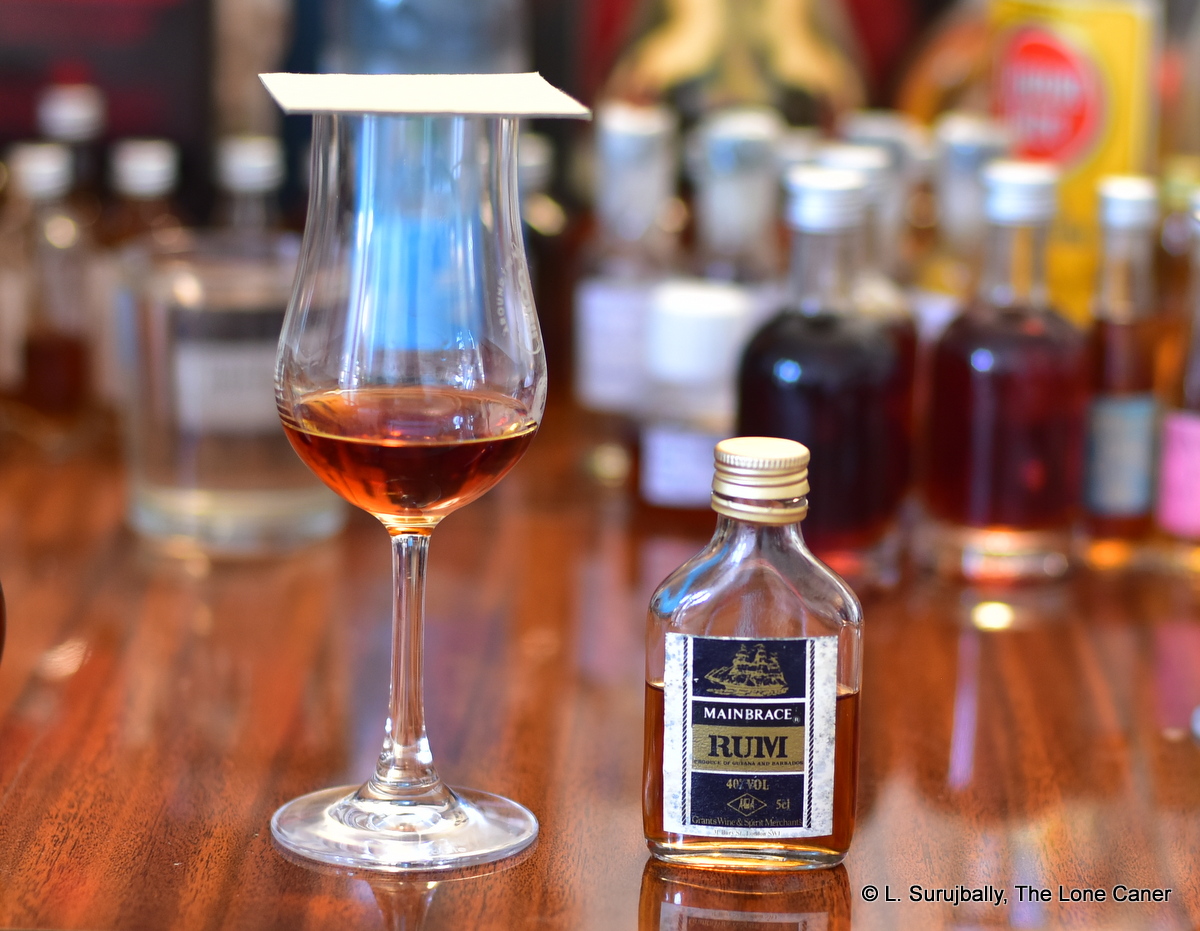
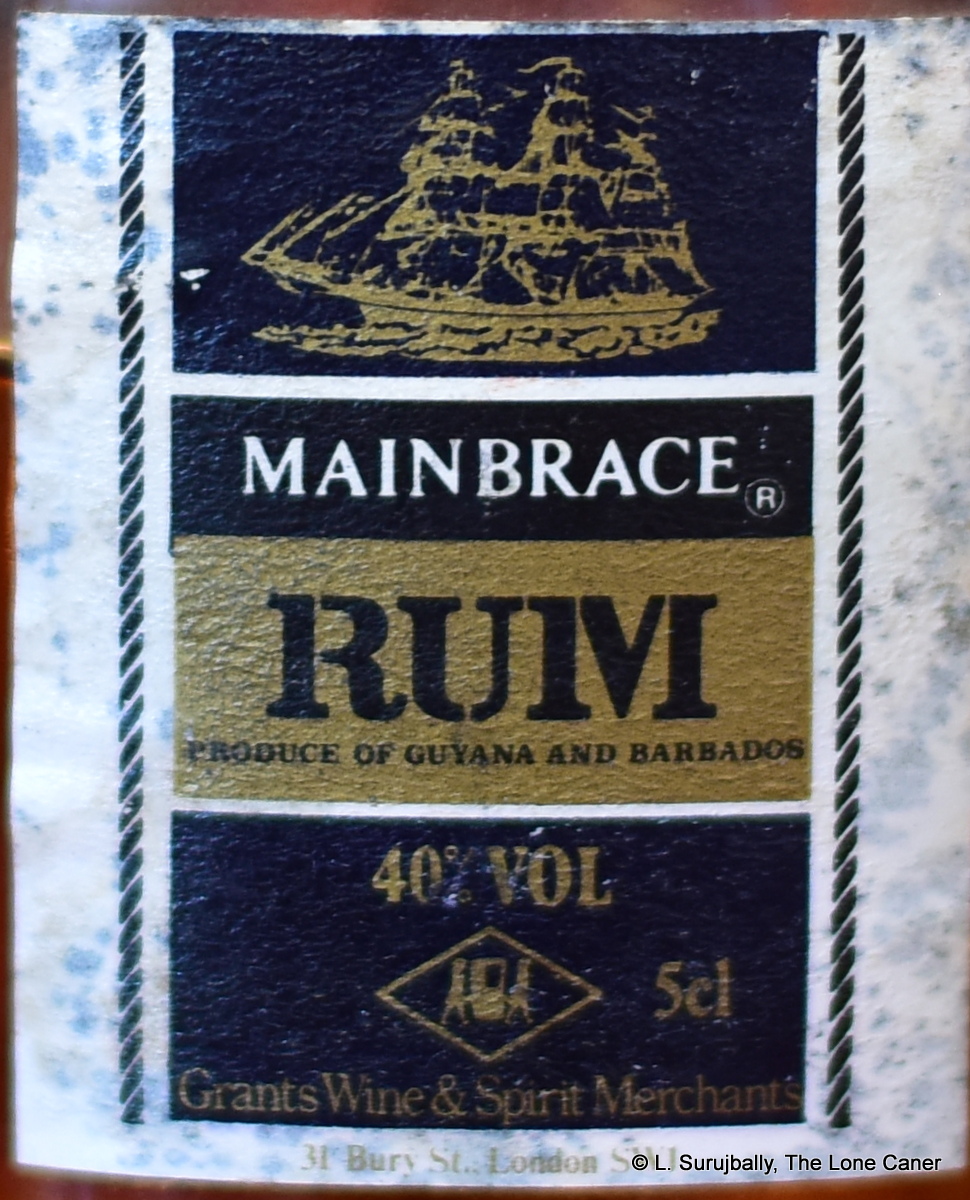 The “Guyana” spelling sets a lower post-independence date of 1966. Grants also released a Navy Rum and a Demerara Rum – both from Guyana, and both at “70º proof”. The address is written differently on their labels though, being “Grants of Saint James” on the Demerara label (Bury Lane is in the area of St. James, and a stone’s throw away from St. James’s Street…and BBR). Grants was still referring to itself as “of St. James” first (and until 1976 at least), but I think it’s the 40% ABV that’s key here, since that only came into effect in the mid 1980s in the UK.
The “Guyana” spelling sets a lower post-independence date of 1966. Grants also released a Navy Rum and a Demerara Rum – both from Guyana, and both at “70º proof”. The address is written differently on their labels though, being “Grants of Saint James” on the Demerara label (Bury Lane is in the area of St. James, and a stone’s throw away from St. James’s Street…and BBR). Grants was still referring to itself as “of St. James” first (and until 1976 at least), but I think it’s the 40% ABV that’s key here, since that only came into effect in the mid 1980s in the UK. 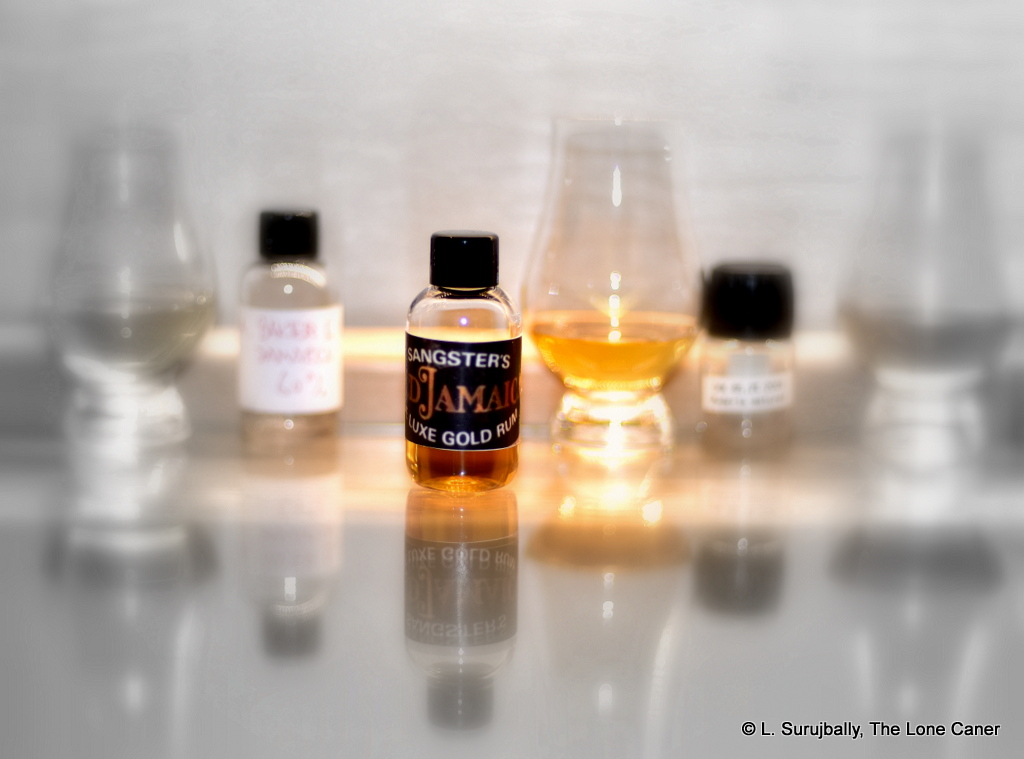
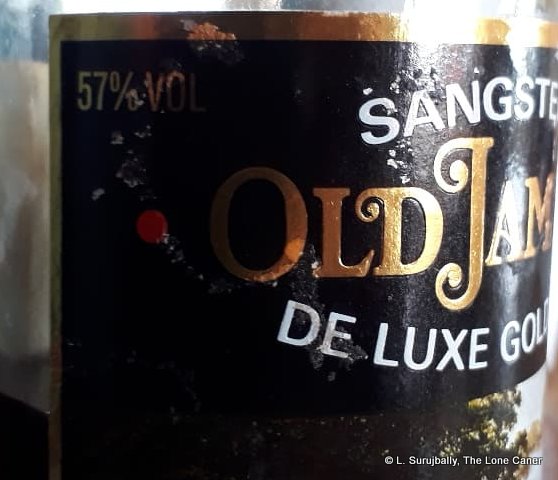 It is unknown from where he sourced his base stock. Given that this DeLuxe Gold rum was noted as comprising pot still distillate and being a blend, it could possibly be Hampden, Worthy Park or maybe even Appleton themselves or, from the profile, Longpond – or some combination, who knows? I think that it was likely between 2-5 years old, but that’s just a guess. References are slim at best, historical background almost nonexistent. The usual problem with these old rums. Note that after Dr. Sangster relocated to the Great Distillery in the Sky, his brand was acquired post-2001 by J. Wray & Nephew who do not use the name for anything except the rum liqueurs. The various blends have been discontinued.
It is unknown from where he sourced his base stock. Given that this DeLuxe Gold rum was noted as comprising pot still distillate and being a blend, it could possibly be Hampden, Worthy Park or maybe even Appleton themselves or, from the profile, Longpond – or some combination, who knows? I think that it was likely between 2-5 years old, but that’s just a guess. References are slim at best, historical background almost nonexistent. The usual problem with these old rums. Note that after Dr. Sangster relocated to the Great Distillery in the Sky, his brand was acquired post-2001 by J. Wray & Nephew who do not use the name for anything except the rum liqueurs. The various blends have been discontinued.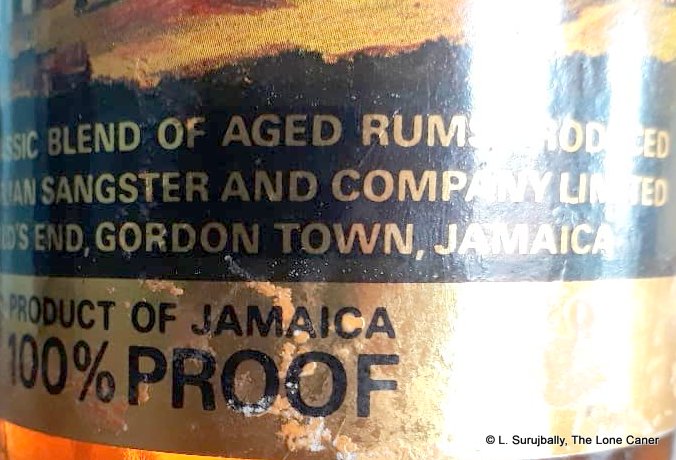 Nose – Opens with the scents of a midden heap and rotting bananas (which is not as bad as it sounds, believe me). Bad watermelons, the over-cloying reek of genteel corruption, like an unwashed rum strumpet covering it over with expensive perfume. Acetones, paint thinner, nail polish remover. That is definitely some pot still action. Apples, grapefruits, pineapples, very sharp and crisp. Overripe peaches in tinned syrup, yellow soft squishy mangoes. The amalgam of aromas doesn’t entirely work, and it’s not completely to my taste…but intriguing nevertheless It has a curious indeterminate nature to it, that makes it difficult to say whether it’s WP or Hampden or New Yarmouth or what have you.
Nose – Opens with the scents of a midden heap and rotting bananas (which is not as bad as it sounds, believe me). Bad watermelons, the over-cloying reek of genteel corruption, like an unwashed rum strumpet covering it over with expensive perfume. Acetones, paint thinner, nail polish remover. That is definitely some pot still action. Apples, grapefruits, pineapples, very sharp and crisp. Overripe peaches in tinned syrup, yellow soft squishy mangoes. The amalgam of aromas doesn’t entirely work, and it’s not completely to my taste…but intriguing nevertheless It has a curious indeterminate nature to it, that makes it difficult to say whether it’s WP or Hampden or New Yarmouth or what have you.  Finish – Shortish, dark off-fruits, vaguely sweet, briny, a few spices and musky earth tones.
Finish – Shortish, dark off-fruits, vaguely sweet, briny, a few spices and musky earth tones.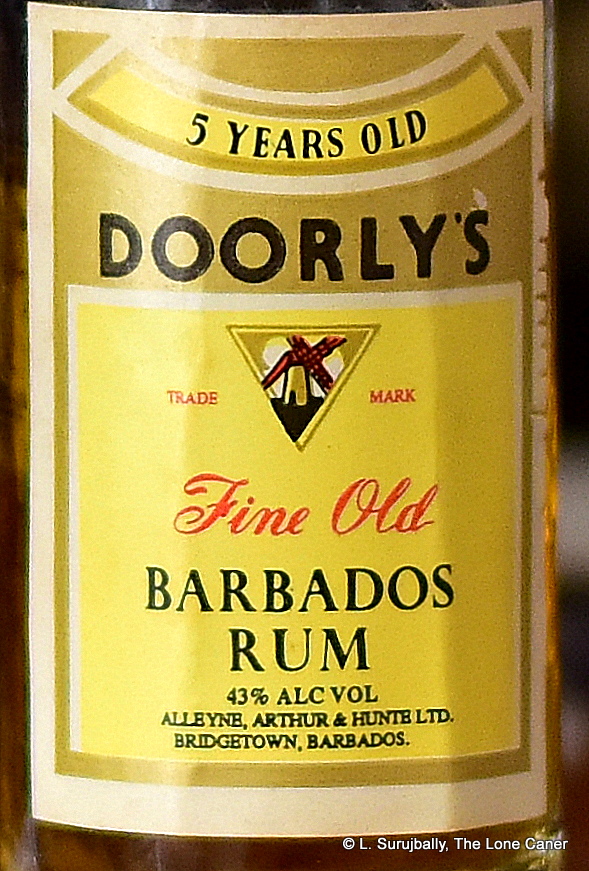 Rumaniacs Review #083 | 0544
Rumaniacs Review #083 | 0544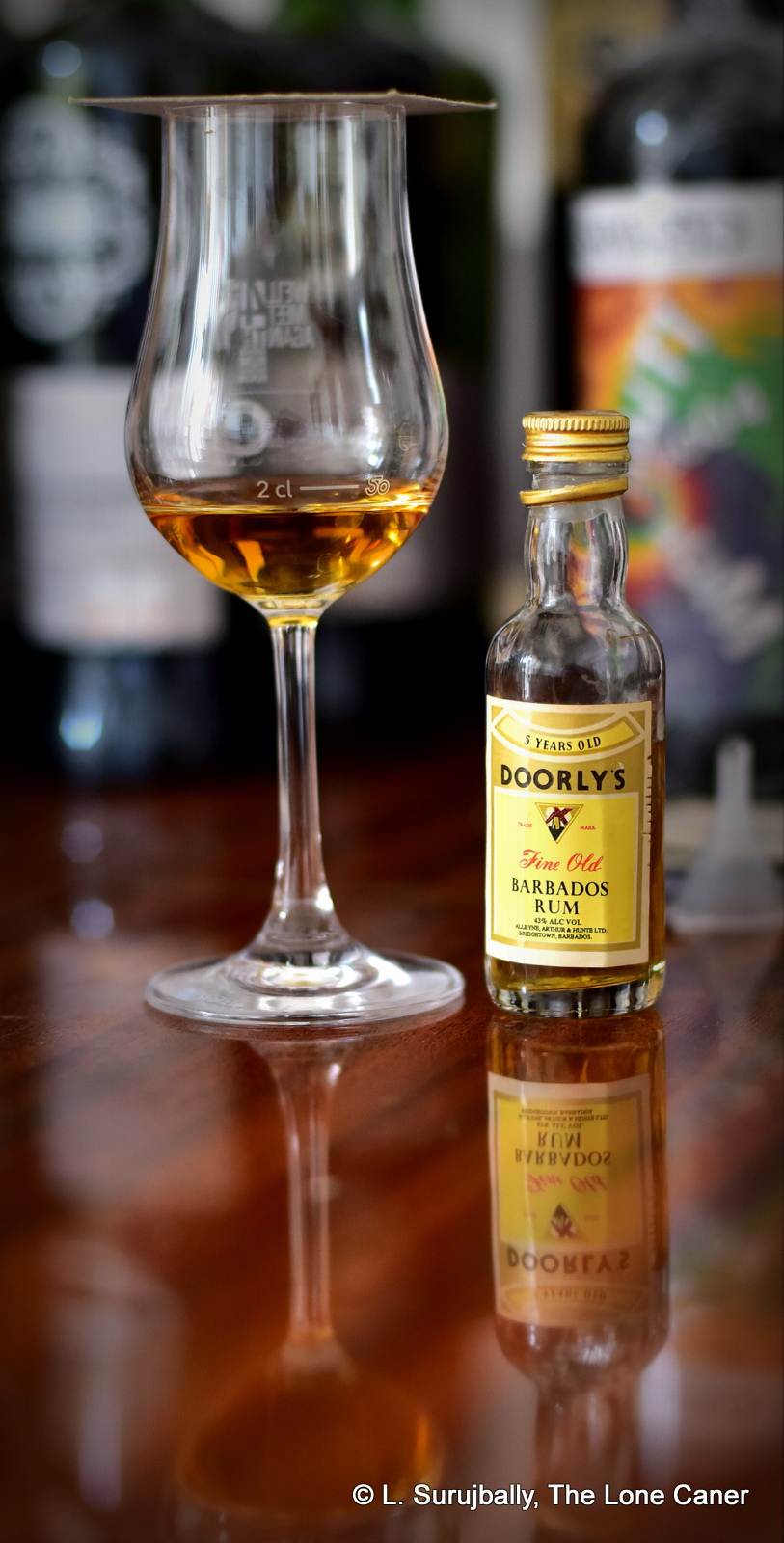 Opinion
Opinion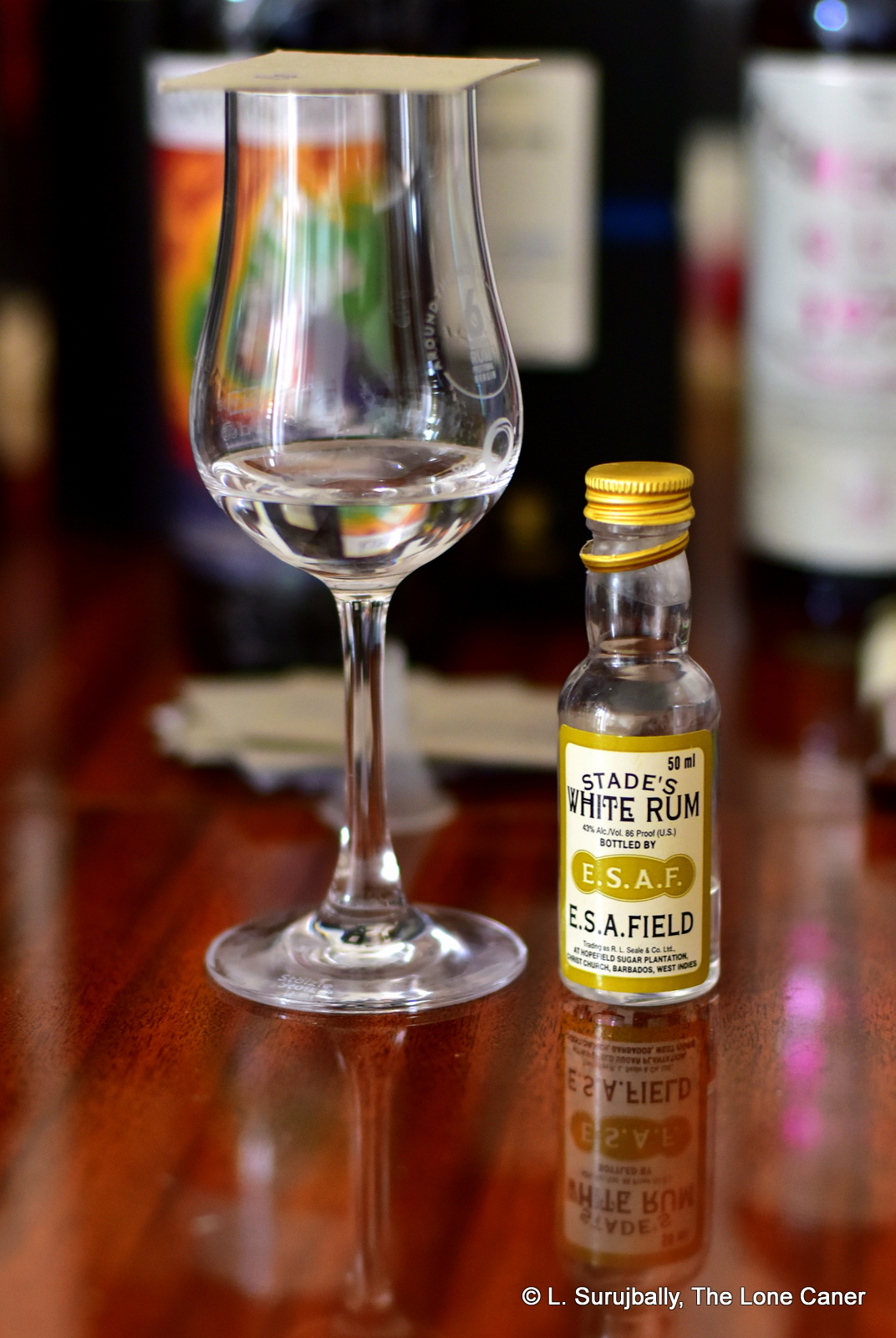
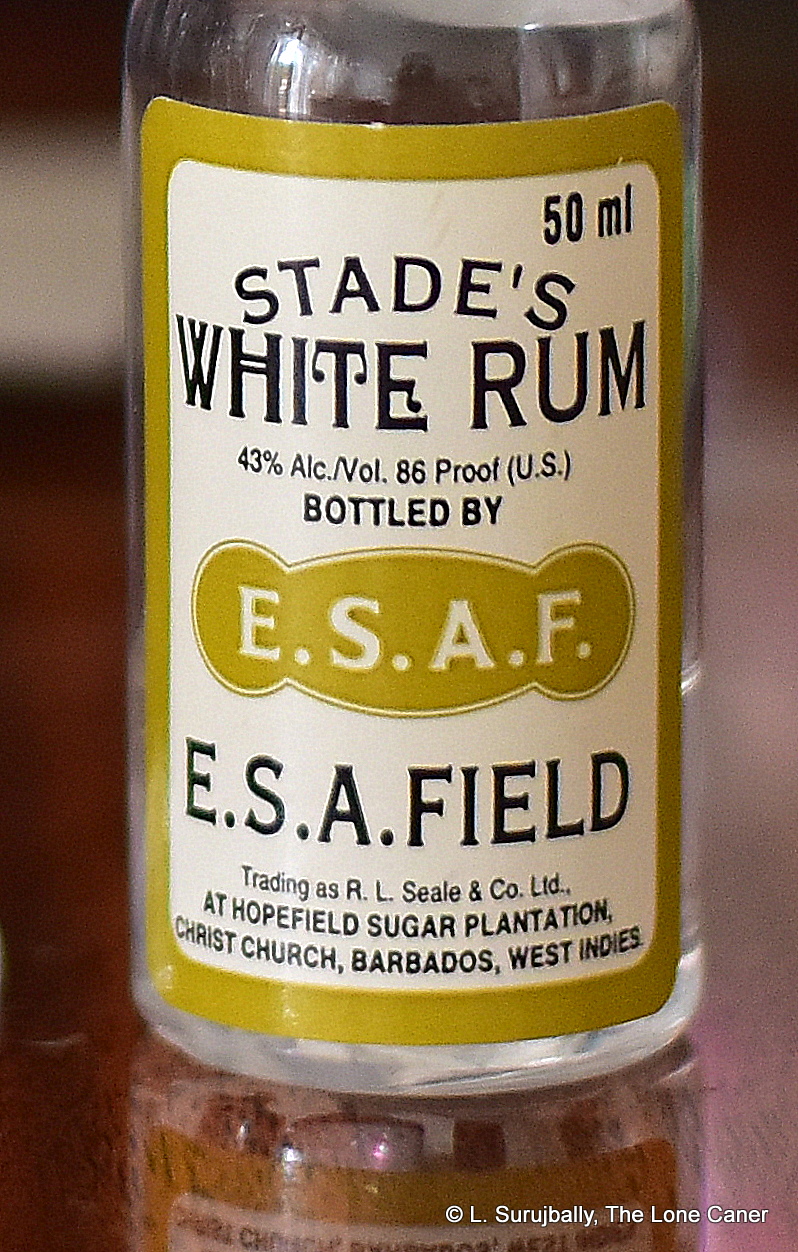

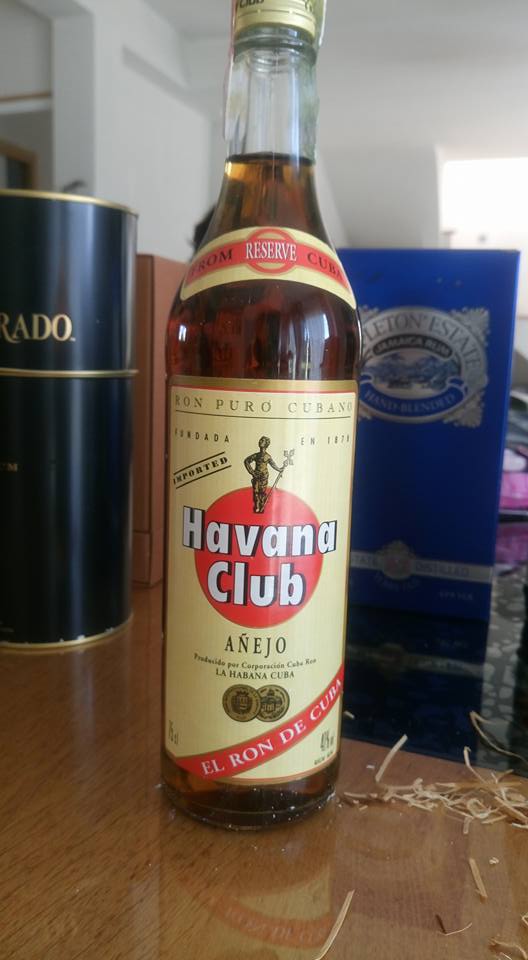

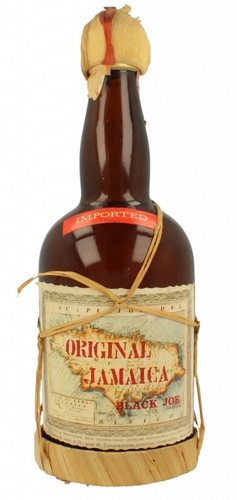
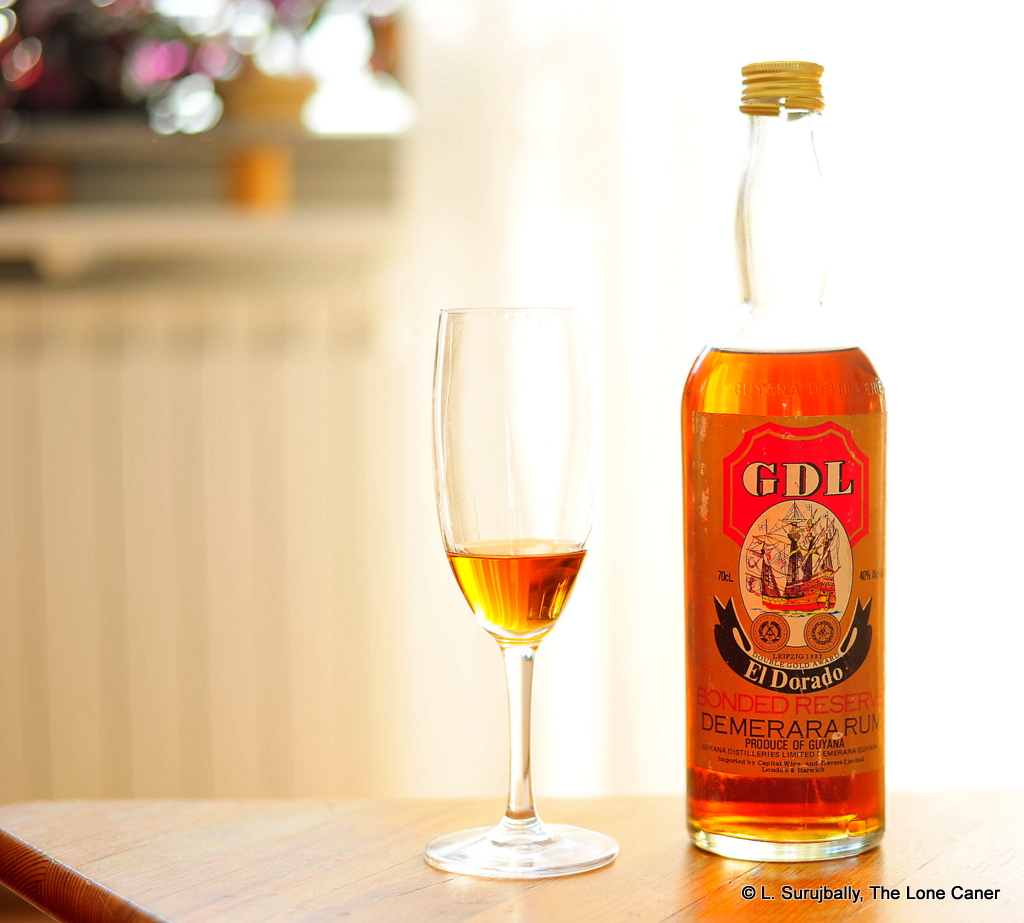
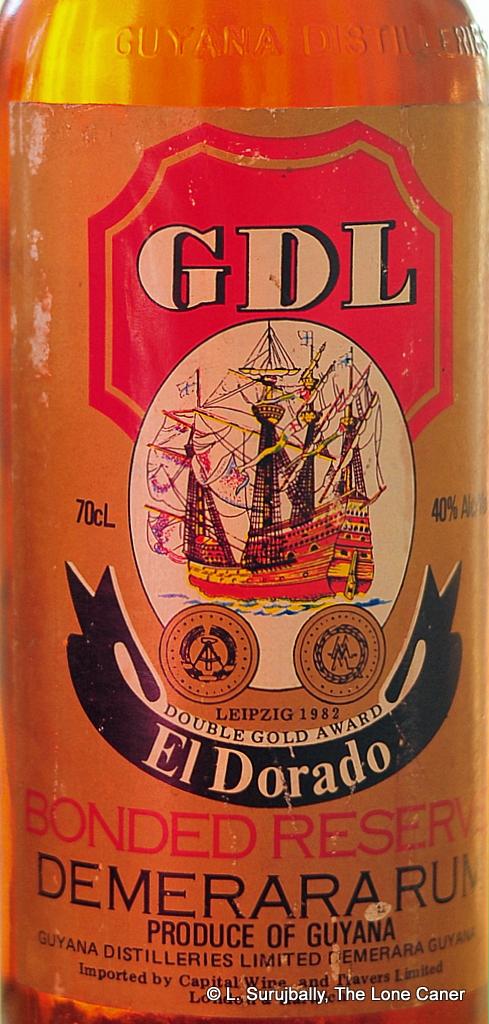 Tasting the Bonded Reserve raised all sorts of questions, and for anyone into Mudland rums, the first one had to be the one you’re all thinking of: from which still did it come? I didn’t think it was any of the wooden ones – there was none of that licorice or fruity intensity here that so distinguishes them. It was medium to light bodied in texture, very feebly sweet, and presented initially as dry – I’d suggest it was a column still product. Prunes, coffee, some burnt sugar, nougat and caramel, more of that faint leather and smoke background, all rounded out with the distant, almost imperceptible murmuring of citrus and crushed walnuts, nothing special. The finish just continued on these muted notes of light raisins and molasses and toffee, but too little of everything or anything to excite interest beyond the historical.
Tasting the Bonded Reserve raised all sorts of questions, and for anyone into Mudland rums, the first one had to be the one you’re all thinking of: from which still did it come? I didn’t think it was any of the wooden ones – there was none of that licorice or fruity intensity here that so distinguishes them. It was medium to light bodied in texture, very feebly sweet, and presented initially as dry – I’d suggest it was a column still product. Prunes, coffee, some burnt sugar, nougat and caramel, more of that faint leather and smoke background, all rounded out with the distant, almost imperceptible murmuring of citrus and crushed walnuts, nothing special. The finish just continued on these muted notes of light raisins and molasses and toffee, but too little of everything or anything to excite interest beyond the historical. Rumaniacs Review 004 | 0404
Rumaniacs Review 004 | 0404